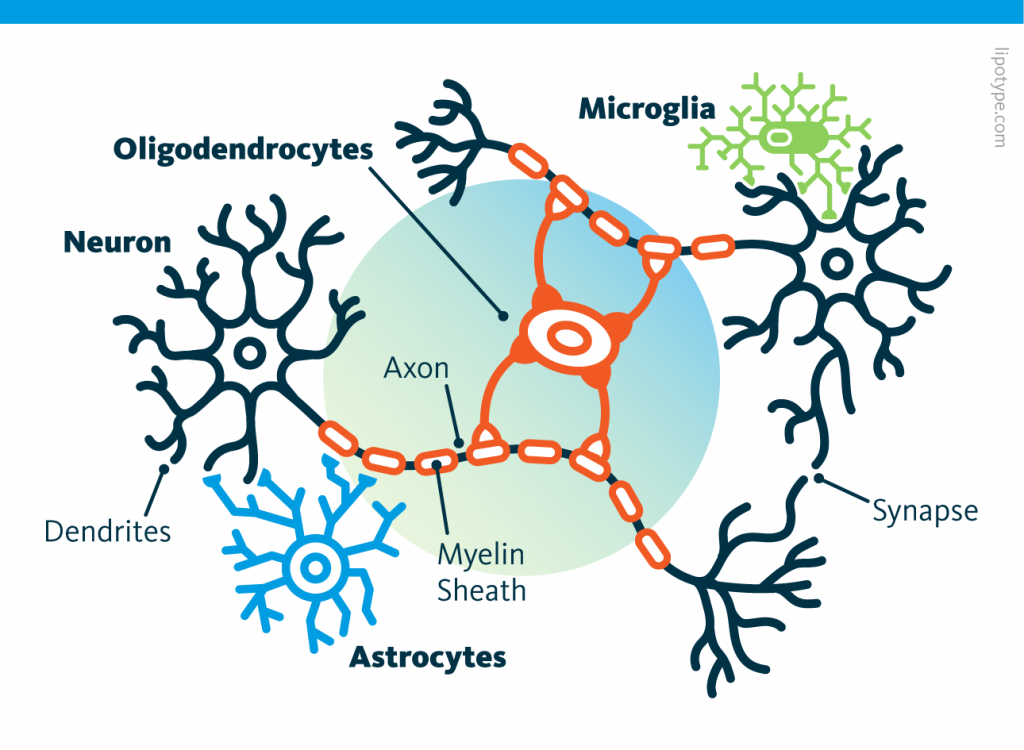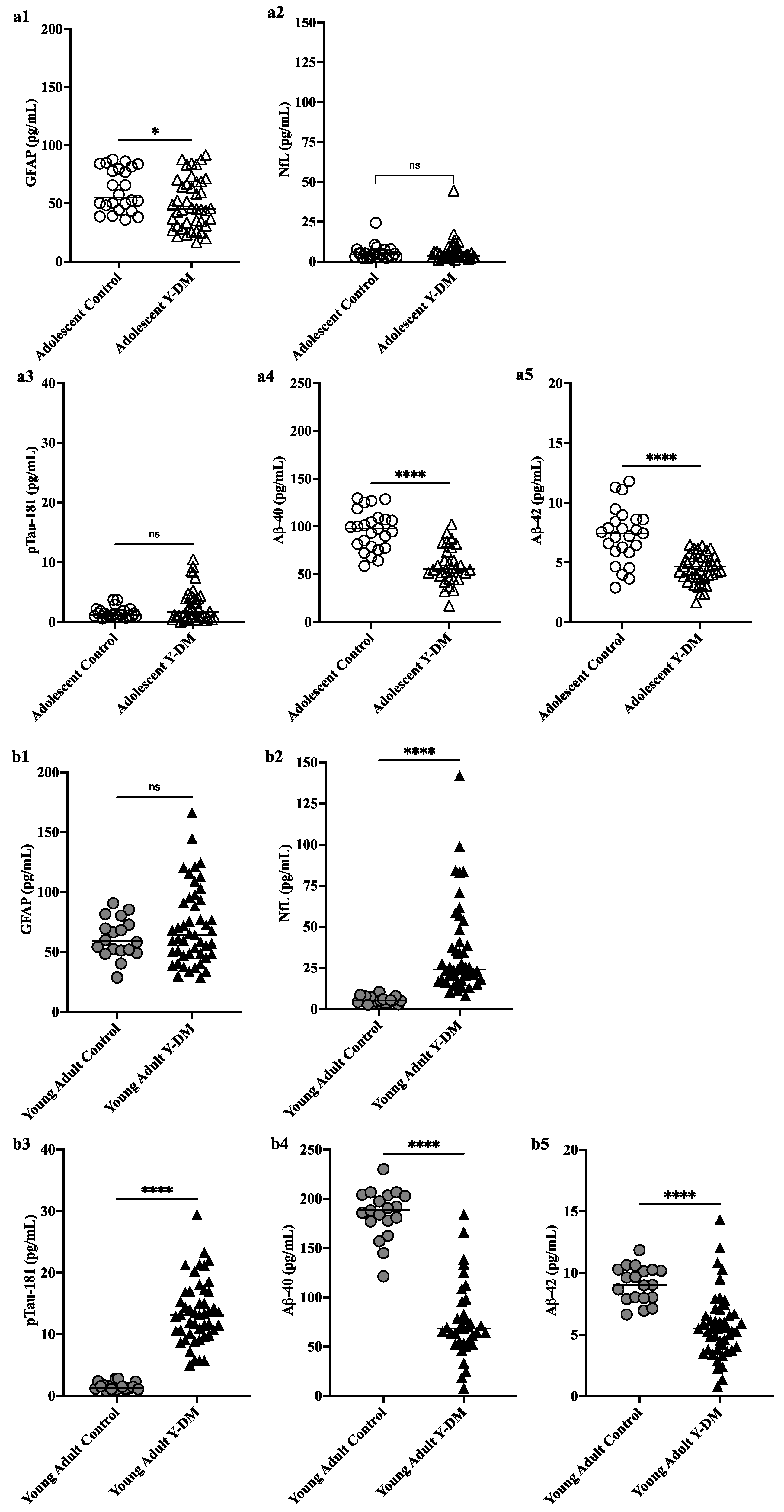In recent days, there has been a lot of talk on social networks and mainstream press about a surgical procedure that is being carried out in a Shanghai hospital by a team led by Li Xia from the Faculty of Medicine of Shanghai Jiao Tong University, which could slow the progression of Alzheimer's disease, or even allow a temporary regression, in half of the participants.
Five weeks after the operation, clinical assessments revealed an improvement in cognitive function: the Mini-Mental Status Examination score went from 5 to 7, and the Clinical Dementia Rating-sum of boxes test score went from 10 to 8. The Geriatric Depression Scale score went from 9 to 0. The PET scan examination provided objective proof of this improvement.

This recent increase of interest is quite curious because a publication was made in June of this year by the team that innovated with this technique.
This study presents a new surgical procedure, neck shunting to unclog the cerebral lymphatic systems, aimed at improving the elimination of waste accumulated in the glymphatic system of the brain to manage Alzheimer's disease. The glymphatic system facilitates the removal of harmful proteins such as beta-amyloid and tau, the accumulation of which is linked to Alzheimer's disease.
The surgical procedure uses lymphatic-venous anastomosis (LVA) to decompress the cervical lymphatic trunk, allowing cerebrospinal fluid (CSF) and residual proteins to flow more efficiently from the brain into the venous system.
It is an extracranial procedure and therefore less invasive and potentially safer than intracranial methods. The surgical treatment, which involves four small incisions in the patient's neck, has been performed on at least 30 patients in two public hospitals in China. Other much larger numbers of patients treated are circulating on the Internet.
Early results indicate that the procedure holds promise as an innovative strategy for the prevention and treatment of Alzheimer's disease.
This surgical technique has not been considered for the treatment of Alzheimer's disease, or even the brain in general, but has been used for some time for other diseases such as lymphedema.
The field of lymphedema surgery has seen enormous progress over the years and has been associated with the rapid growth of super microsurgery techniques. A lymphovenous bypass or lymphaticovenular anastomosis requires the identification of residual lymphatic channels and the creation of an anastomosis on a recipient venule, thus allowing the flow of lymphatic fluid and the improvement of a patient's lymphedema.
A technique similar to that of Chinese doctors has long been used in the context of hydrocephalus. The cause of this disease is a blockage of cerebral-spinal fluids which leads to an accumulation of these fluids in the brain. Treatment for hydrocephalus then involves creating a way to drain the excess fluid from the brain.
In the long term, some hydrocephalus patients require a permanent cerebral shunt. This involves placing a ventricular catheter (a silastic tube) into the brain's ventricles to bypass the flow obstruction and drain the excess fluid into other body cavities, where it can be reabsorbed. Most shunts drain fluid into the peritoneal cavity (in the abdomen), but other sites include the right atrium (heart), pleural cavity, or gallbladder.
Hydrocephalus is known to cause Alzheimer's disease. Normal pressure hydrocephalus is common in elderly patients. Curiously, as Western physicians consider this hydrocephalus to be independent of Alzheimer's disease they are reluctant to operate on these patients because they believe the benefits are small.
The Chinese approach is the opposite. She believes that this accumulation of cerebrospinal fluid in Alzheimer's disease should be treated because, at the very least, it can temporarily relieve about two-thirds of patients. This pragmatic approach considers the patients and does not seek to demonstrate whether or not this accumulation causes Alzheimer's disease.
In a series of videos posted last month on social media, Cheng Chongjie, a doctor in Chongqing who adopted the technique following his colleagues, said the operation was effective in more than half of his patients.
"Two national medical centers have performed hundreds of LVA operations, and their results show that this procedure is effective in 60 to 80 percent of patients.

 Curiously, scientists are rather looking to directly convert astrocytes into neurons, despite the enormous morphological difference between these two types of cells.
Curiously, scientists are rather looking to directly convert astrocytes into neurons, despite the enormous morphological difference between these two types of cells. Those other cells, which compose half of the brain's cells, are receiving more attention. There are multiple types but normally they are there to assist neurons in their task. A simplified view tells that neurons are a sort of plumbing system and the glial cells are the real actors in the brain.
Those other cells, which compose half of the brain's cells, are receiving more attention. There are multiple types but normally they are there to assist neurons in their task. A simplified view tells that neurons are a sort of plumbing system and the glial cells are the real actors in the brain. Source: Nephron via Wikipedia
Source: Nephron via Wikipedia
 Source: Peta
Source: Peta Running before learning aids in the formation of new memories, yet, running after learning promotes the forgetting of recently acquired information!
Running before learning aids in the formation of new memories, yet, running after learning promotes the forgetting of recently acquired information! Currently, the diagnosis of Alzheimer’s disease includes cognitive decline leading to dementia, associated with the observation of two major proteinopathies in the brain tissue. These two proteinopathies are plaques, formed by the aggregation of beta-amyloid proteins, and tangles, which are composed of hyperphosphorylated tau proteins.
Currently, the diagnosis of Alzheimer’s disease includes cognitive decline leading to dementia, associated with the observation of two major proteinopathies in the brain tissue. These two proteinopathies are plaques, formed by the aggregation of beta-amyloid proteins, and tangles, which are composed of hyperphosphorylated tau proteins. Ces cellules, contrairement aux neurones, ressemblent plus à leurs consoeurs du reste du corps à la fois par la morphologie et la durée de vie. A l'inverse un neurone est caractérisé par un ou plusieurs appendices dendritiques et axonaux et ne se reproduisent pas. Les neurones ont besoin des astrocytes et de nombreux autres types de cellules pour survivre.
Ces cellules, contrairement aux neurones, ressemblent plus à leurs consoeurs du reste du corps à la fois par la morphologie et la durée de vie. A l'inverse un neurone est caractérisé par un ou plusieurs appendices dendritiques et axonaux et ne se reproduisent pas. Les neurones ont besoin des astrocytes et de nombreux autres types de cellules pour survivre. Studies have shown that immune cells in the brain, particularly microglia, and astrocytes, are key regulators of the inflammatory response in the central nervous system and are involved in the pathogenesis of AD. These cells have various roles, including supporting neurons.
Studies have shown that immune cells in the brain, particularly microglia, and astrocytes, are key regulators of the inflammatory response in the central nervous system and are involved in the pathogenesis of AD. These cells have various roles, including supporting neurons. This study aimed to explore neurodegenerative disease biomarkers in cohort-derived biomarker banks as changes in key plasma biomarkers between the time of diabetes diagnosis and early adulthood have been correlated with worsening cognitive function in young adults with early-onset diabetes.
This study aimed to explore neurodegenerative disease biomarkers in cohort-derived biomarker banks as changes in key plasma biomarkers between the time of diabetes diagnosis and early adulthood have been correlated with worsening cognitive function in young adults with early-onset diabetes.